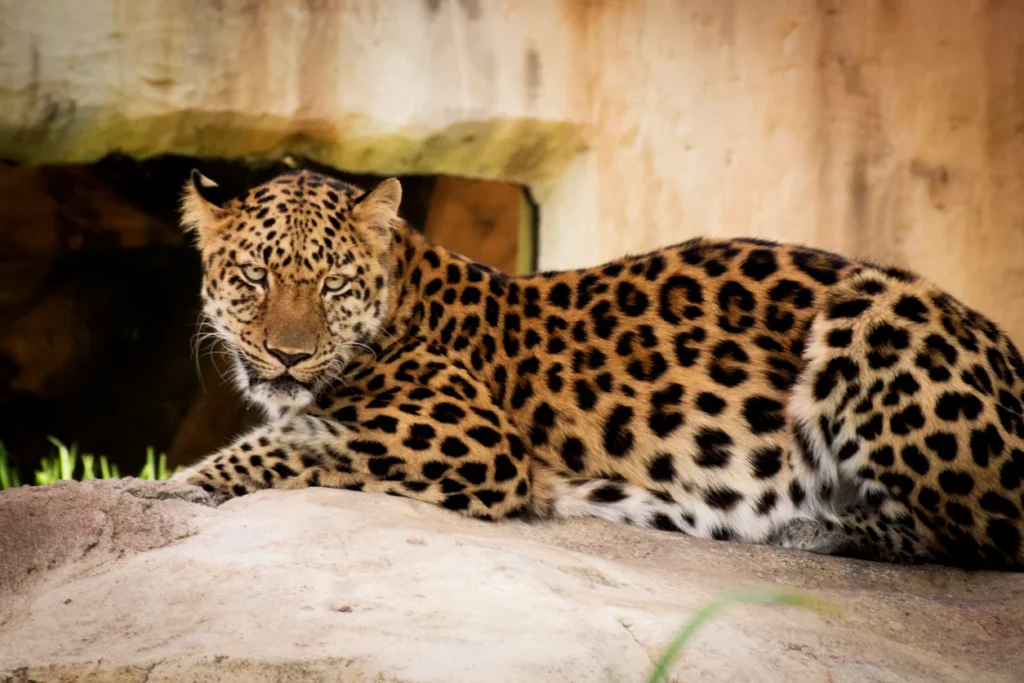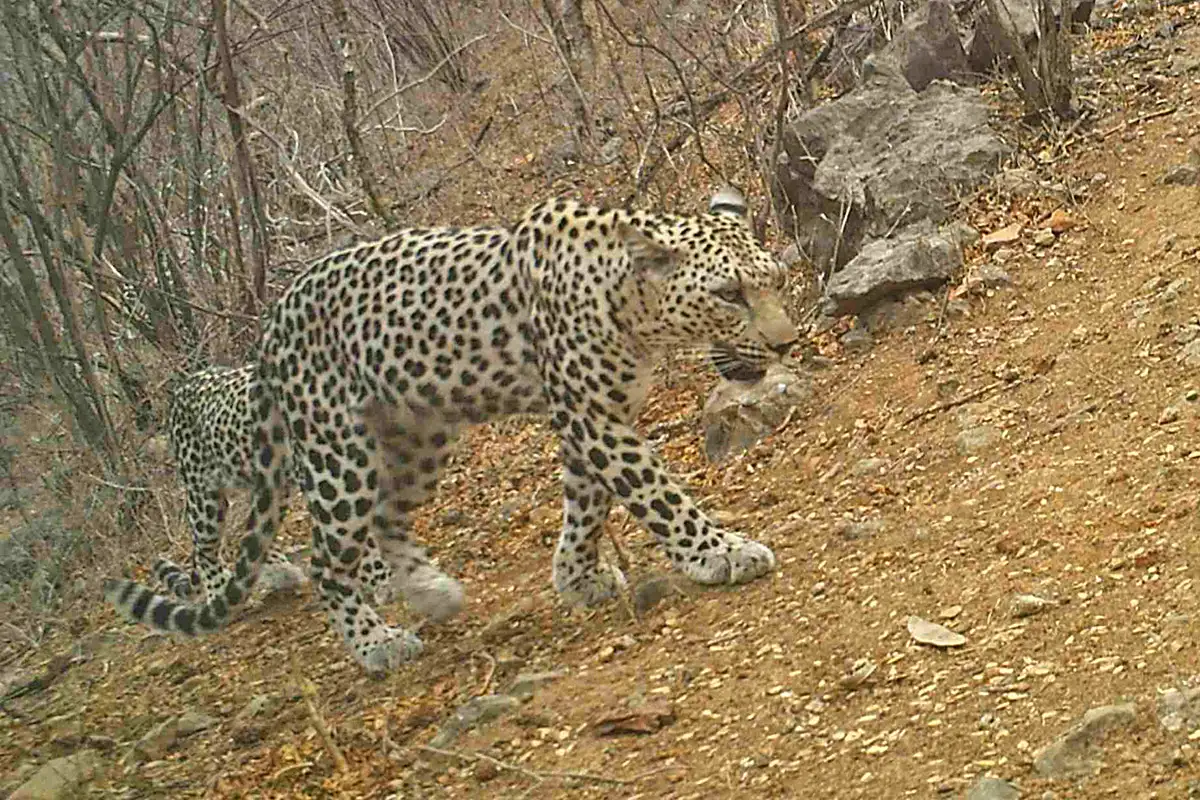In a major step towards wildlife conservation, a brand-new wildlife sanctuary has opened in the Dhofar region of Oman. This sanctuary aims to protect some of the most endangered species in the region and provide them with a safe, natural environment to grow and thrive.
The Dhofar Governorate, known for its unique landscape and cooler climate, was carefully chosen for this project. Officials say the new sanctuary will not only help endangered species survive but will also support eco-tourism, education, and scientific research in Oman.
A Safe Space for Rare Wildlife
The Dhofar Wildlife Sanctuary is now home to a number of rare and threatened animals, including the Arabian leopard, Arabian gazelle, Nubian ibex, and several rare bird species. These animals were either at risk due to habitat loss, hunting, or changing weather conditions. Now, with dedicated space and protection, they have a better chance to live and reproduce safely.
The sanctuary covers a large area filled with natural vegetation, mountains, and valleys. This allows animals to move freely in an environment that closely matches their natural habitat. Rangers and conservationists will also monitor the animals to ensure they are healthy and safe.
According to officials, one of the key goals is to increase the population of these endangered species over the next few years. With careful planning and support, they hope the sanctuary will become a model for wildlife conservation in the Middle East.
Arabian Leopard at the Center of Protection

One of the most important animals in this sanctuary is the Arabian leopard. This beautiful and shy big cat is one of the most endangered animals in the world. It is believed that fewer than 200 Arabian leopards remain in the wild.
Dhofar is one of the last places where these leopards are still seen. Over the years, their numbers have dropped due to illegal hunting and loss of natural space. Now, the new sanctuary will give them a protected area where they can live without fear.
Special camera traps and tracking systems will be used to study their behavior and movements. This will help experts understand how to protect them better in the future.
Helping Nature and Local Communities
The Dhofar Wildlife Sanctuary is not only for animals. It is also designed to support local communities. Many people in Dhofar live close to nature and rely on the land for farming and livestock. The new sanctuary will bring job opportunities for locals as rangers, guides, and workers.
Tourism is another area that will benefit. Visitors who come to see the beautiful wildlife will support small businesses such as hotels, restaurants, and local markets. Nature lovers, photographers, and researchers will also be attracted to the area, creating new possibilities for eco-tourism.
Educational programs are also part of the plan. Schools and universities will be invited to learn more about wildlife conservation through visits and workshops. This will help raise awareness among young people and inspire them to protect their environment.
A Step Forward for Oman’s Environment Goals
Oman has been making strong efforts in recent years to protect its environment. From creating nature reserves to promoting clean energy, the country is working hard to build a more sustainable future. The opening of the Dhofar Wildlife Sanctuary is another big step in that direction.
Officials from the Ministry of Environment and local wildlife authorities have worked closely to make this project a success. The sanctuary is part of Oman Vision 2040, a national plan that includes preserving natural resources, supporting green tourism, and protecting biodiversity.
The opening ceremony was attended by government leaders, environmental experts, and members of the public. They praised the project for its clear goals and long-term benefits.
Long-Term Vision for Wildlife Protection
This sanctuary is not a short-term plan. It is designed for the future. Experts believe that with careful planning, the Dhofar Wildlife Sanctuary could become one of the most important conservation areas in the region.

Wildlife breeding programs, rescue centers, and scientific research labs will be added in future stages. Partnerships with international conservation groups are also expected to help improve animal care and knowledge sharing.
The success of this sanctuary may also inspire similar projects in other parts of Oman and the Gulf region. As the world faces rising threats to wildlife, Dhofar is showing that action can make a real difference.
What Visitors Can Expect
While the main focus of the sanctuary is protection, some parts will be open to visitors. Guided tours, observation platforms, and nature trails will allow guests to enjoy the beauty of Dhofar’s wildlife without disturbing the animals.
Strict rules will be in place to make sure tourism does not harm the environment. All tours will be led by trained guides who will teach visitors about the importance of each animal and how they are being protected.
This balance between conservation and education is one of the key ideas behind the sanctuary. It gives people a chance to connect with nature while also learning how to protect it.
Final Thoughts
The opening of the new wildlife sanctuary in Dhofar is a proud moment for Oman. It shows that even in today’s fast-changing world, there is still hope for endangered animals when people take the right steps.
By protecting nature and involving the community, the Dhofar Wildlife Sanctuary is creating a better future—not just for animals, but for everyone. It stands as a shining example of how countries can protect their natural treasures while also creating new opportunities for growth and learning.
With strong leadership, science, and community support, Dhofar’s wildlife has a new place to call home. And with time, it may become one of the region’s greatest symbols of hope for endangered species.



